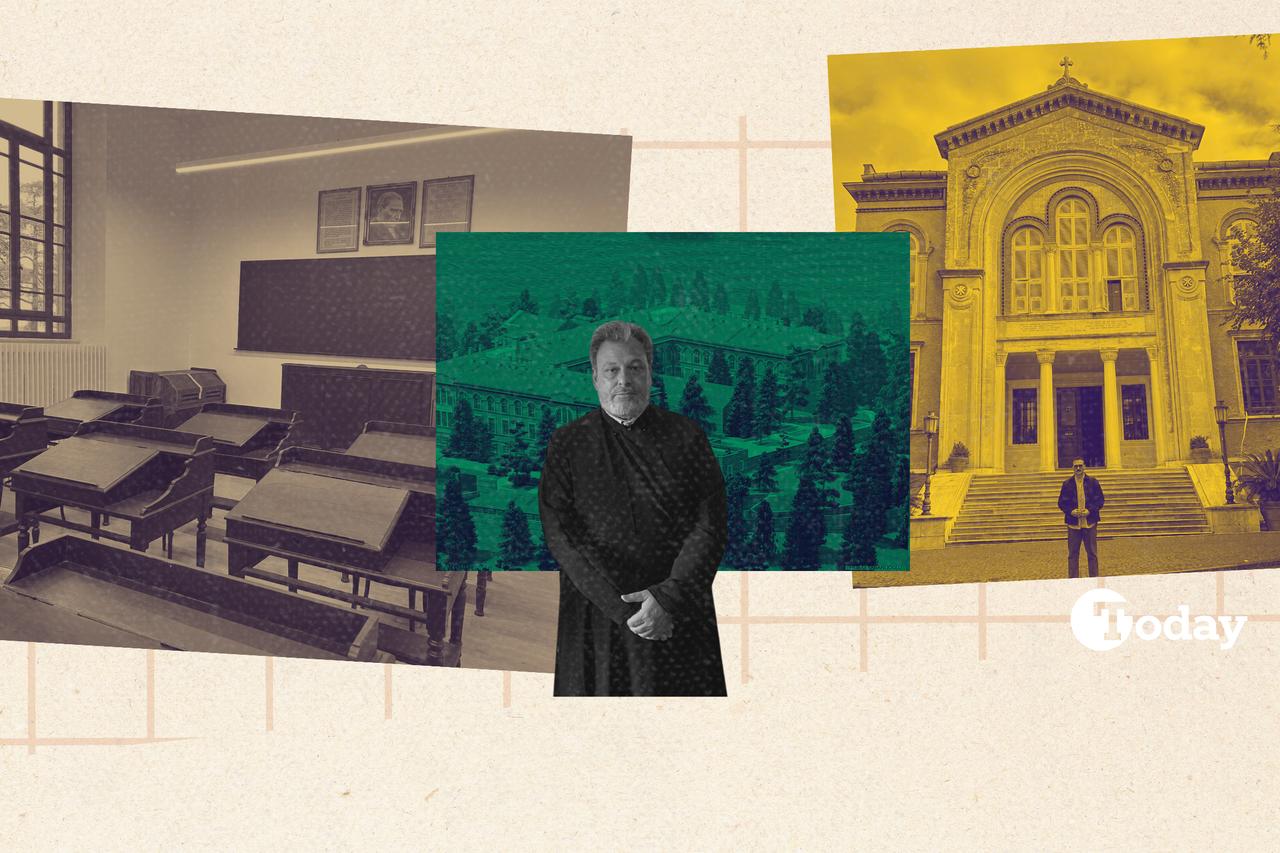
After more than five decades of silence, the historic Halki Seminary on Istanbul’s Heybeliada Island—one of the most important institutions of Orthodox theological education—is nearing a new chapter. As restoration work on the 19th-century building within the Aya Triada (Holy Trinity) Monastery complex approaches completion, discussions between Turkish authorities and the Patriarchate have entered a decisive stage. In our exclusive interview, Bishop Kassianos of Aravissos, Abbot of the Aya Triada Monastery, shared insights on the ongoing talks, the future academic model, and the significance of the seminary’s reopening for Türkiye and the global Orthodox world.

For more than a century, the Halki Seminary produced generations of theologians, bishops, and scholars who went on to serve across the Orthodox world. However, in 1971, a Constitutional Court ruling annulled key provisions of the Private Education Law, effectively ending the seminary’s ability to provide higher religious education. Since then, only the “Haki Private Greek Boys’ High School” continued to function within the monastery’s grounds.
This closure has long been a subject of diplomatic discussion between Türkiye and various governments, including Greece and the United States. Renewed attention to the issue came after President Recep Tayyip Erdogan and U.S. President Donald Trump discussed the seminary’s future during a bilateral meeting, followed by visits from senior Turkish officials, signaling new momentum toward reopening.
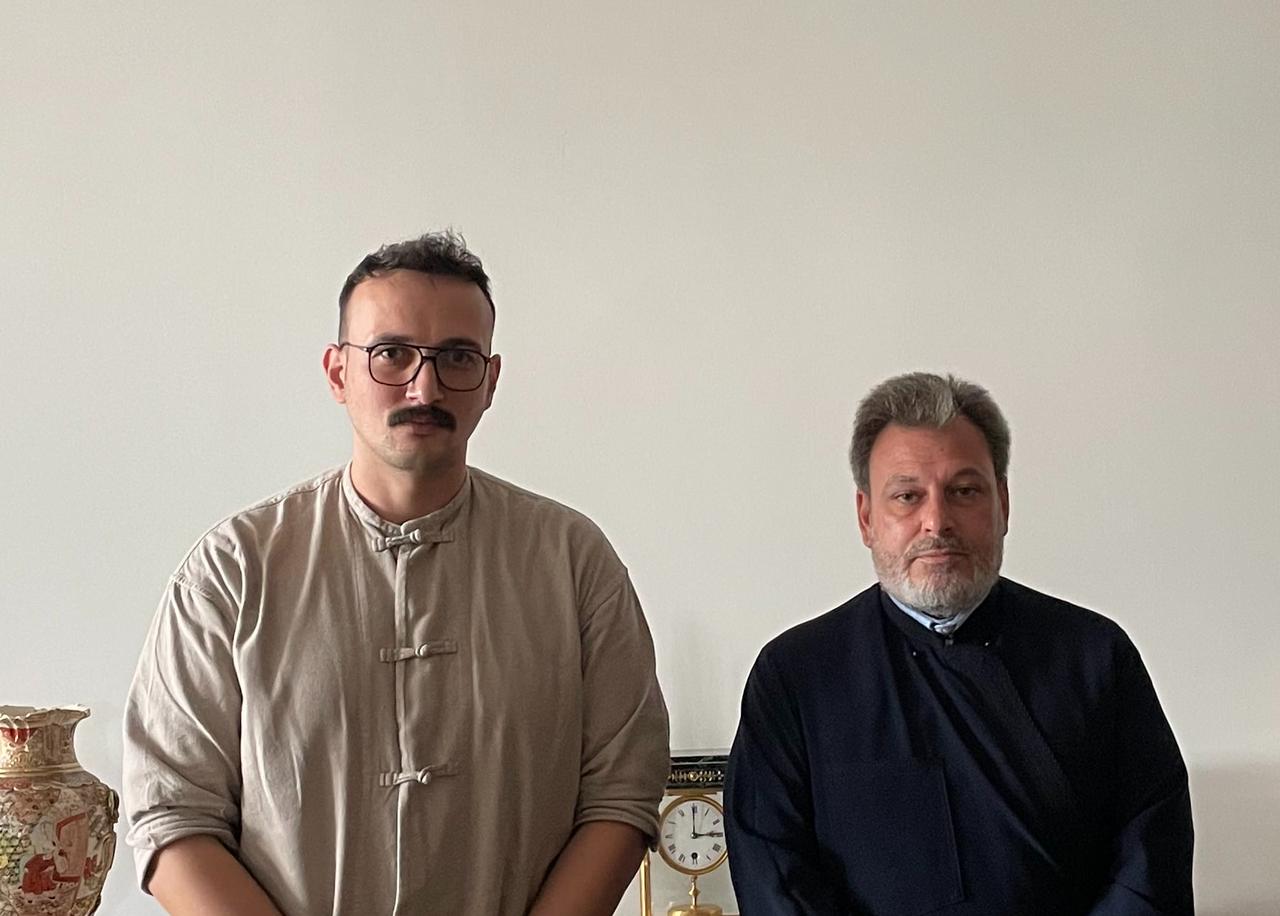
Today, the building stands restored nearly to its original form, after years of careful work respecting both its architectural and spiritual heritage. Bishop Kassianos confirmed that the restoration is expected to be completed in 2026.
“Before the reopening, certain stages must be completed,” he said. “We are now in contact with the Council of Higher Education (YOK) following the visit of the minister of national education. Our main priority is to determine under which educational structure the seminary will operate and to complete the necessary procedures.”
The bishop explained that ongoing discussions involve both academic and administrative frameworks, which will shape the future of the seminary as a functioning institution within Türkiye’s education system.
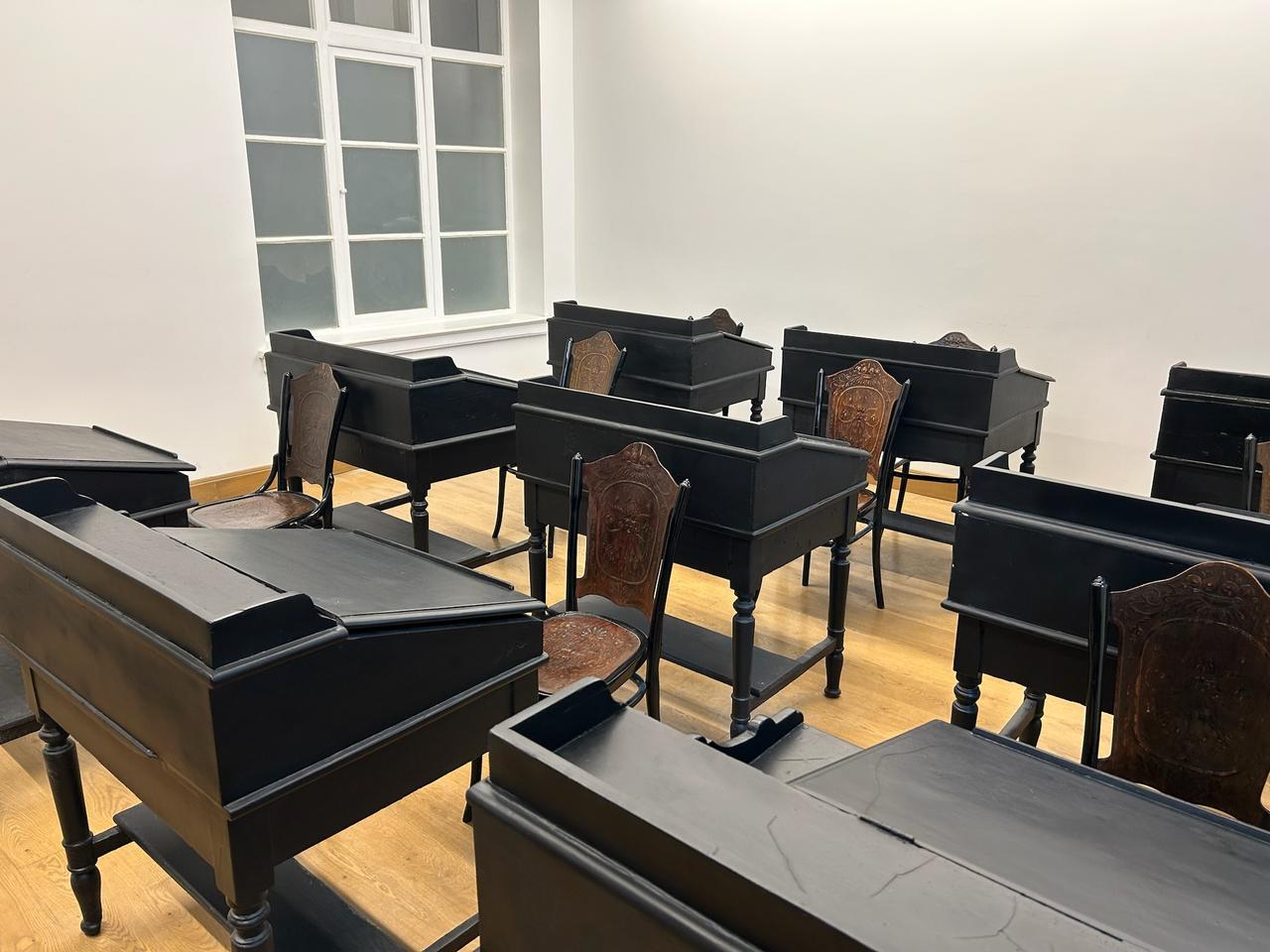
Among the possible models under consideration are establishing the seminary as a theology faculty within a foundation university, an institute under a state university, or—most likely—an institution with a special status as a small “boutique university.” Kassianos confirmed that “talks are continuing on the option of a private-status university. But the procedural framework must be prepared specifically for the Seminary.”
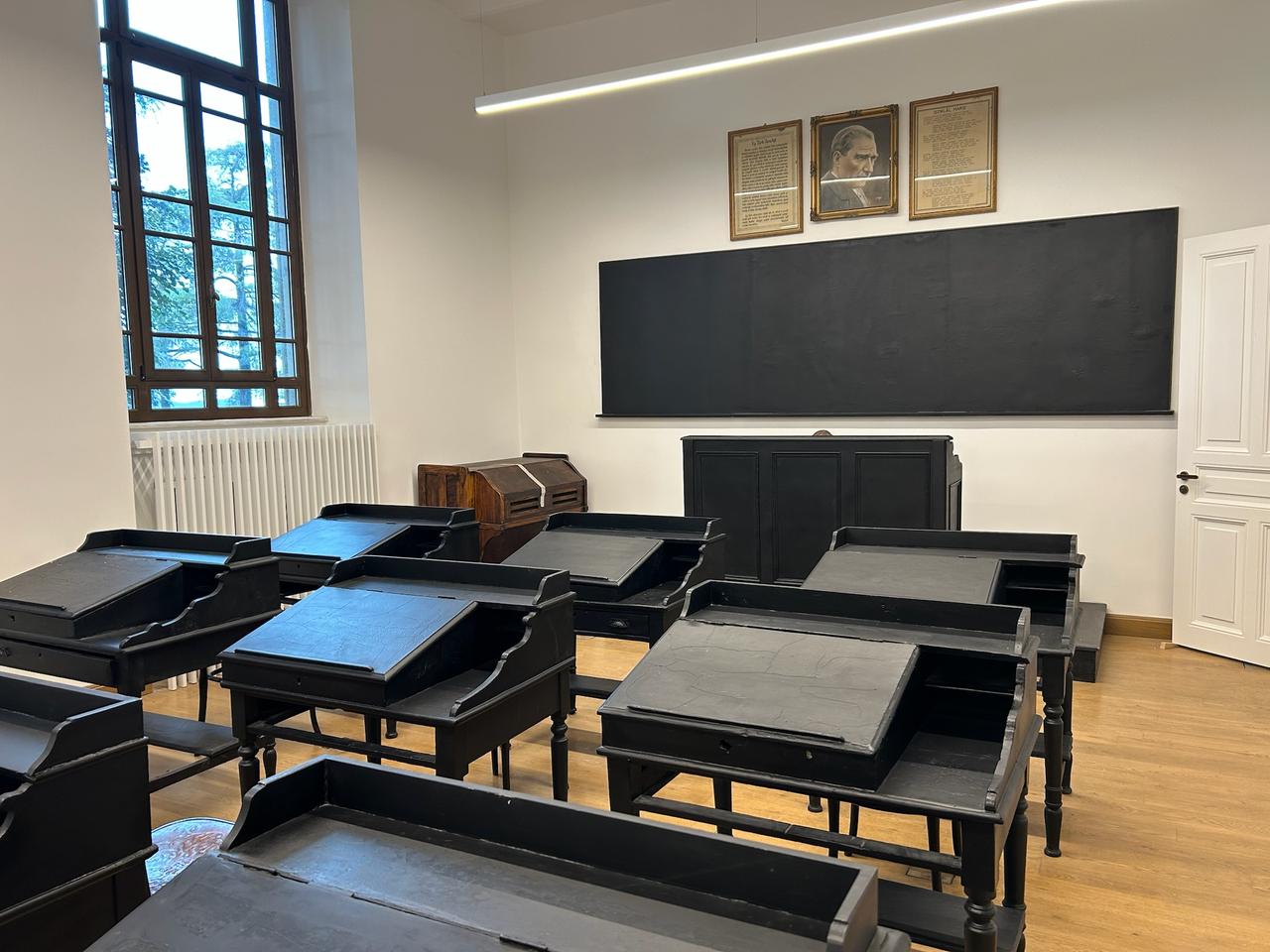
He emphasized that Halki Seminary has never been a profit-oriented institution.
“From its foundation, it has never charged students,” he said. “In the restored building, students will live, study, and receive three meals a day without paying any fees. Therefore, it cannot function as a conventional private university.”
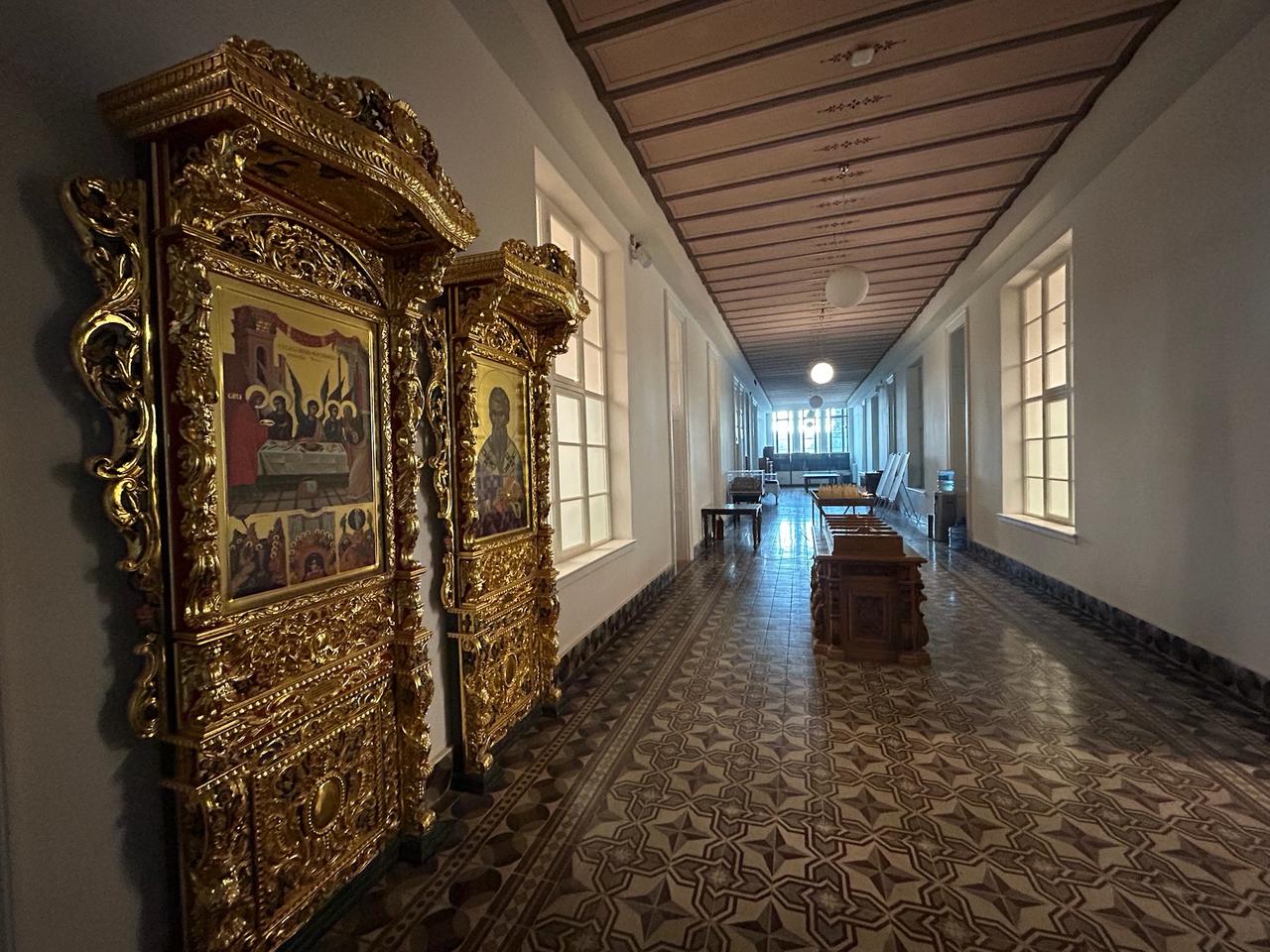
Discussions are underway with YOK to adapt enrollment and academic requirements to fit the Seminary’s unique educational mission.
Kassianos added that all academic and administrative staff, including those from abroad, will be subject to standard national vetting: “Every academic and student will undergo security clearance by the relevant institutions of the Republic of Türkiye. This would make us happy, as it ensures mutual understanding and trust.”
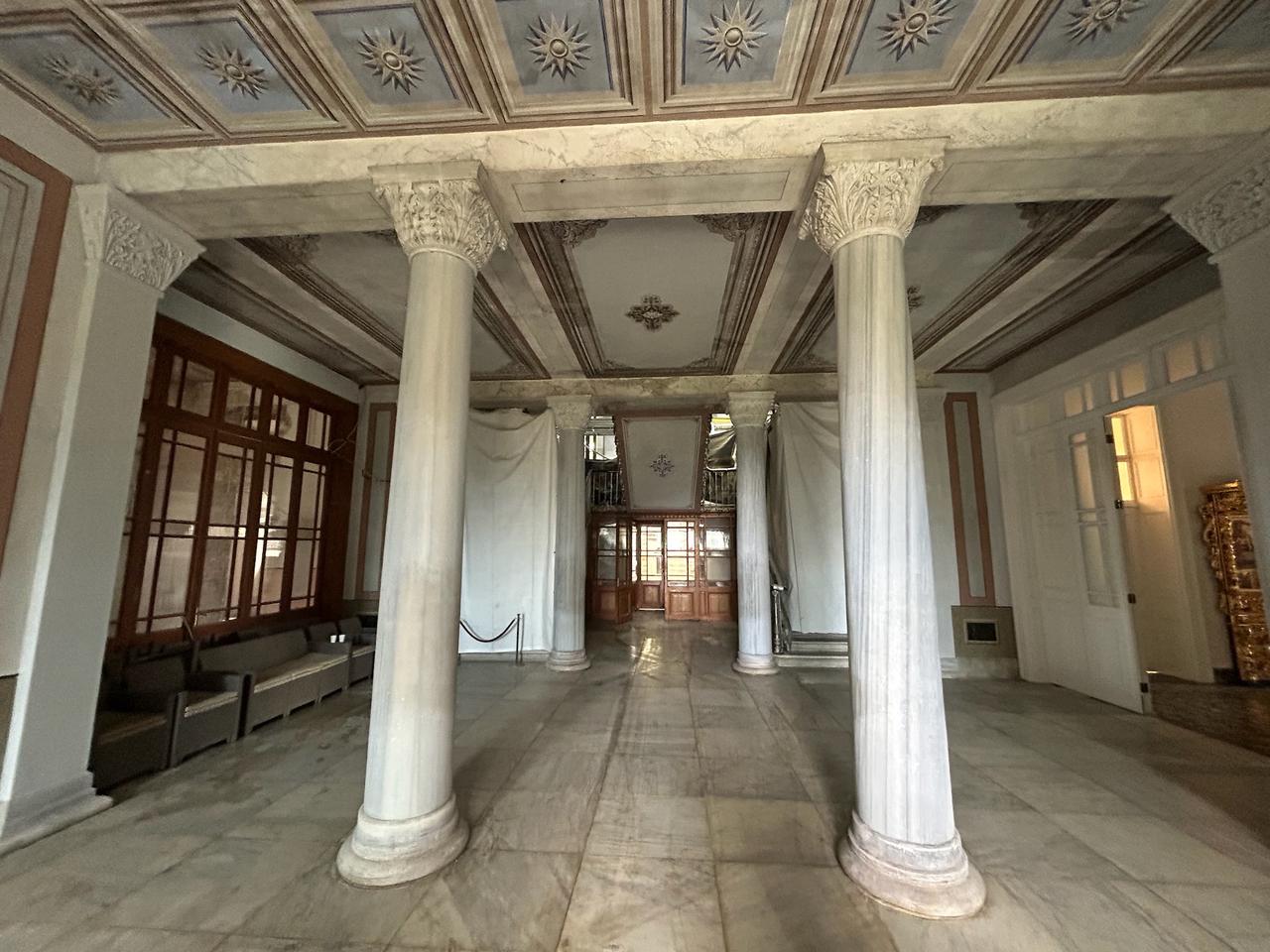
As the seminary looks toward reopening, another challenge is the recruitment of qualified teaching staff. Kassianos acknowledged the need for international scholars: “Foreign academics will definitely be needed. Their residence and work permits must be arranged accordingly. If it opens in this form, it will operate as a boutique university with limited enrollment, dedicated to training future clergy.”
He noted that the seminary’s multilingual curriculum before 1971 included Turkish among its core courses—a tradition that will continue. “Every student studying here must know Türkiye’s language, culture, national holidays, and values,” he said, stressing the seminary’s intention to integrate harmoniously with the country’s educational and cultural fabric.

During the restoration, local environmental groups voiced concerns that trees within the monastery grounds had been cut down. Bishop Kassianos directly addressed these allegations: “The claims about tree cutting are not true. Only one palm tree, which was infested, had to be removed. Other trees were relocated. From the earliest aerial photographs to the present, one can see how the monastery’s landscape has been cultivated since the time of Metropolitan Dorotheos Georgiadis.”
He also reminded that Patriarch Bartholomew, often called the “Green Patriarch,” has long championed environmental awareness within the church. The monastery’s gardens, which host various animals, continue to reflect this ecological vision.
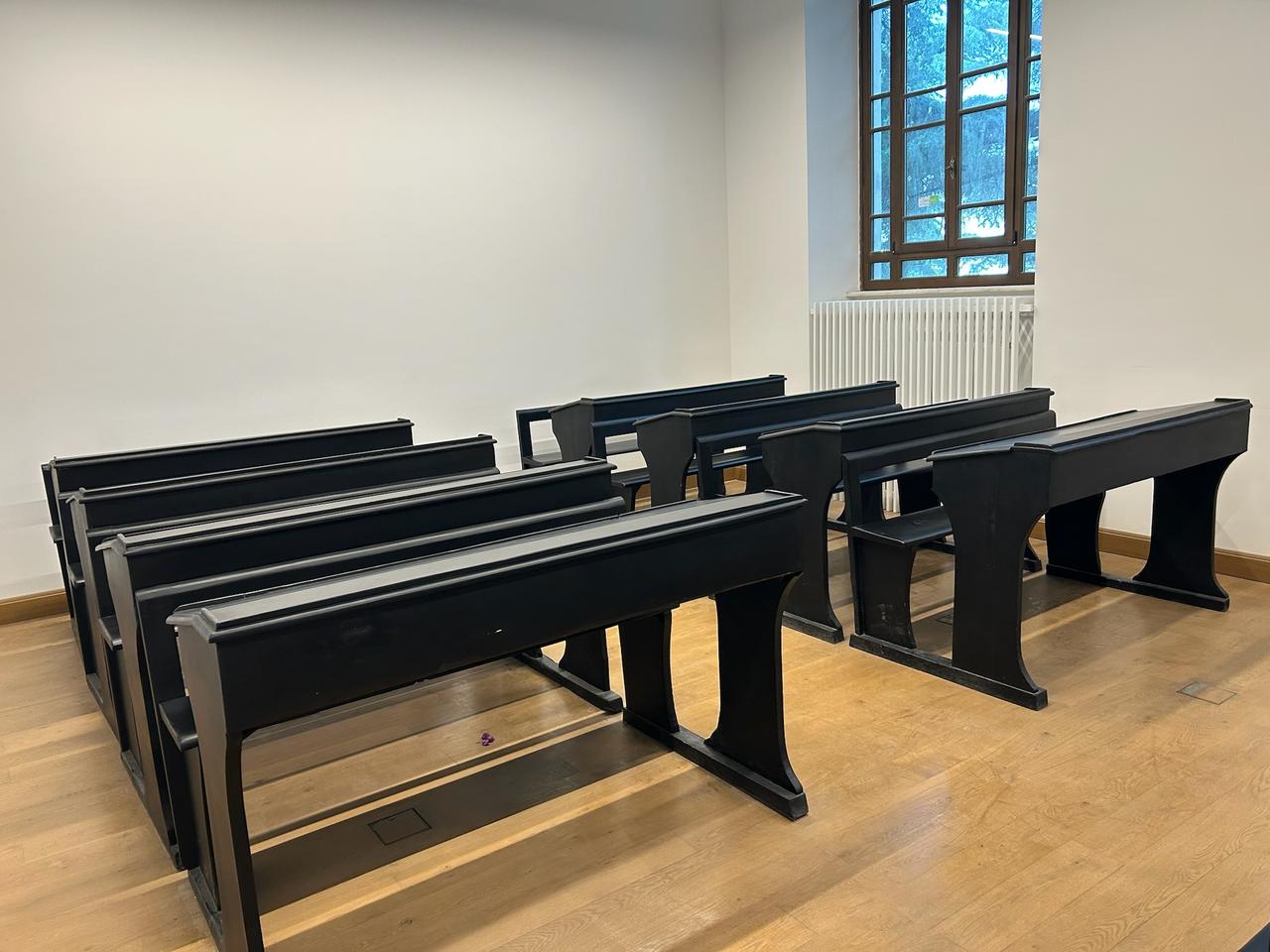
Since its establishment, the Halki Seminary has produced about 1,000 graduates, including numerous patriarchs and theologians. Its library—holding more than 100,000 volumes—stands as one of the richest theological collections in the region. As restoration nears completion, classrooms, corridors, and the grand library await the return of students after half a century of silence.
Reflecting on the long journey, Bishop Kassianos shared his personal hope: “We expect His All-Holiness Patriarch Bartholomew to meet President Erdogan soon. When he became Patriarch in 1991, I was a student here. In his first speech, he made promises to both the Orthodox world and Türkiye’s minority communities—and he fulfilled all but one. My greatest hope is to hear students’ voices once again in these halls.”
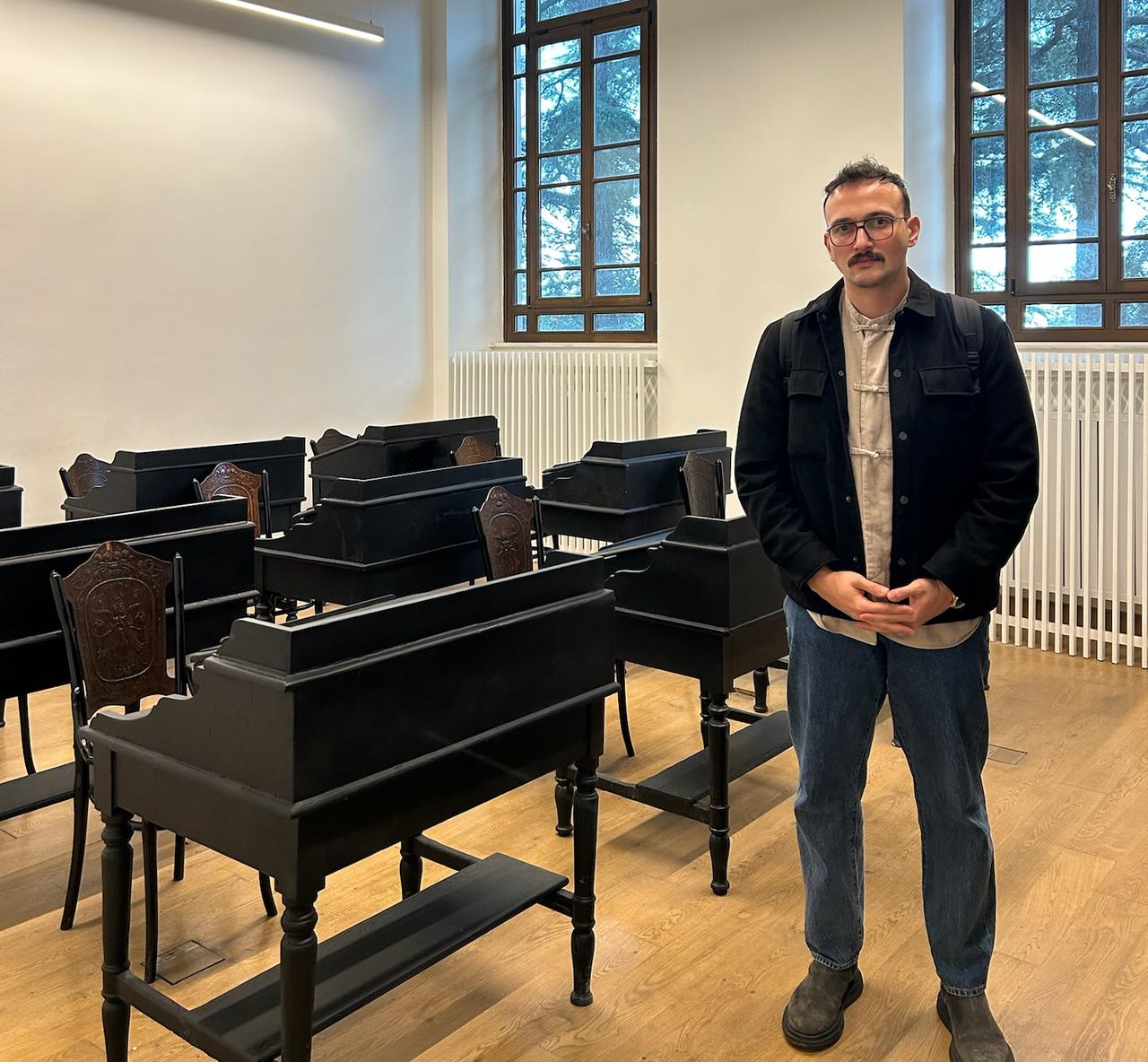
Since its establishment, the Halki Seminary has produced about 1,000 graduates, including numerous patriarchs and theologians. Its library—holding more than 100,000 volumes—stands as one of the richest theological collections in the region. As restoration nears completion, classrooms, corridors, and the grand library await the return of students after half a century of silence.
Reflecting on the long journey, Bishop Kassianos shared his personal hope: “We expect His All-Holiness Patriarch Bartholomew to meet President Erdogan soon. When he became Patriarch in 1991, I was a student here. In his first speech, he made promises to both the Orthodox world and Türkiye’s minority communities—and he fulfilled all but one. My greatest hope is to hear students’ voices once again in these halls.”
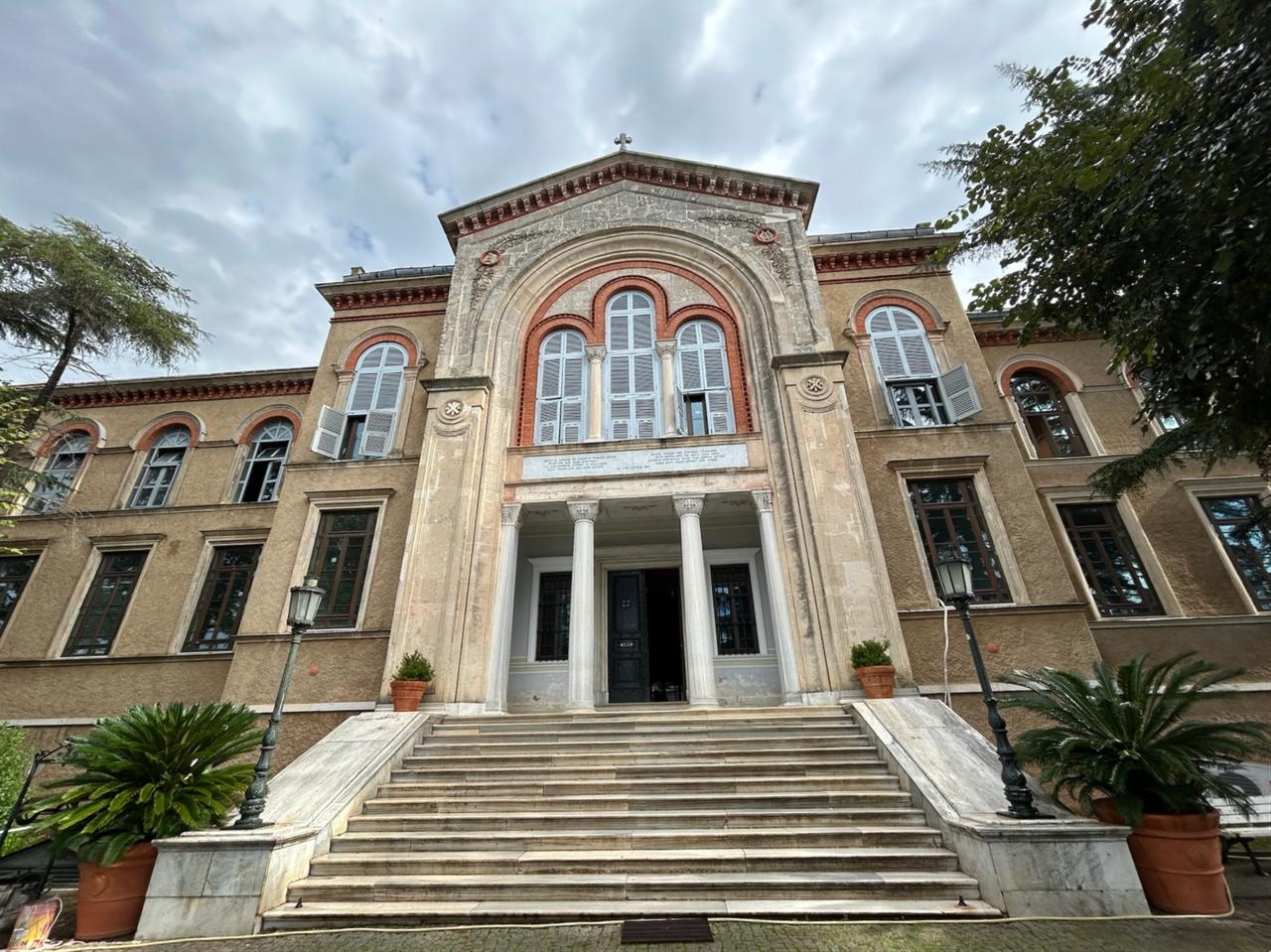
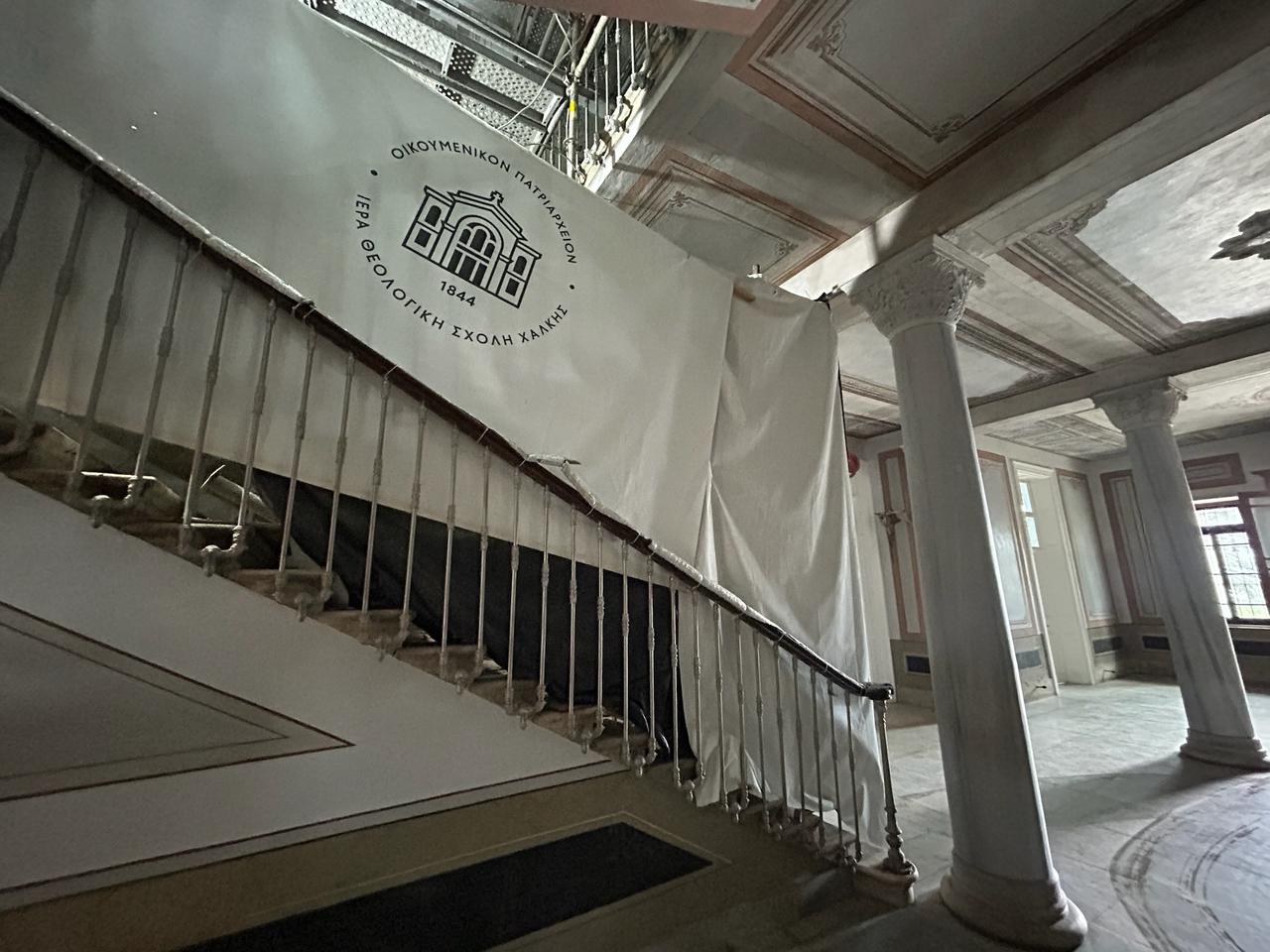
Following our interview, Türkiye’s Minister of National Education Yusuf Tekin made a politically charged statement to Sabah daily, confirming that the issue of reopening the Heybeliada Seminary has reached the highest level of government. Tekin noted that the Patriarchate had formally requested the reopening of the seminary as an institution to train clergy, adding: “The request for the school’s reopening as a theological institution came from the Patriarchate. We have completed our technical preparations and submitted our report to the President. The final decision will be made at the highest level of the state.”
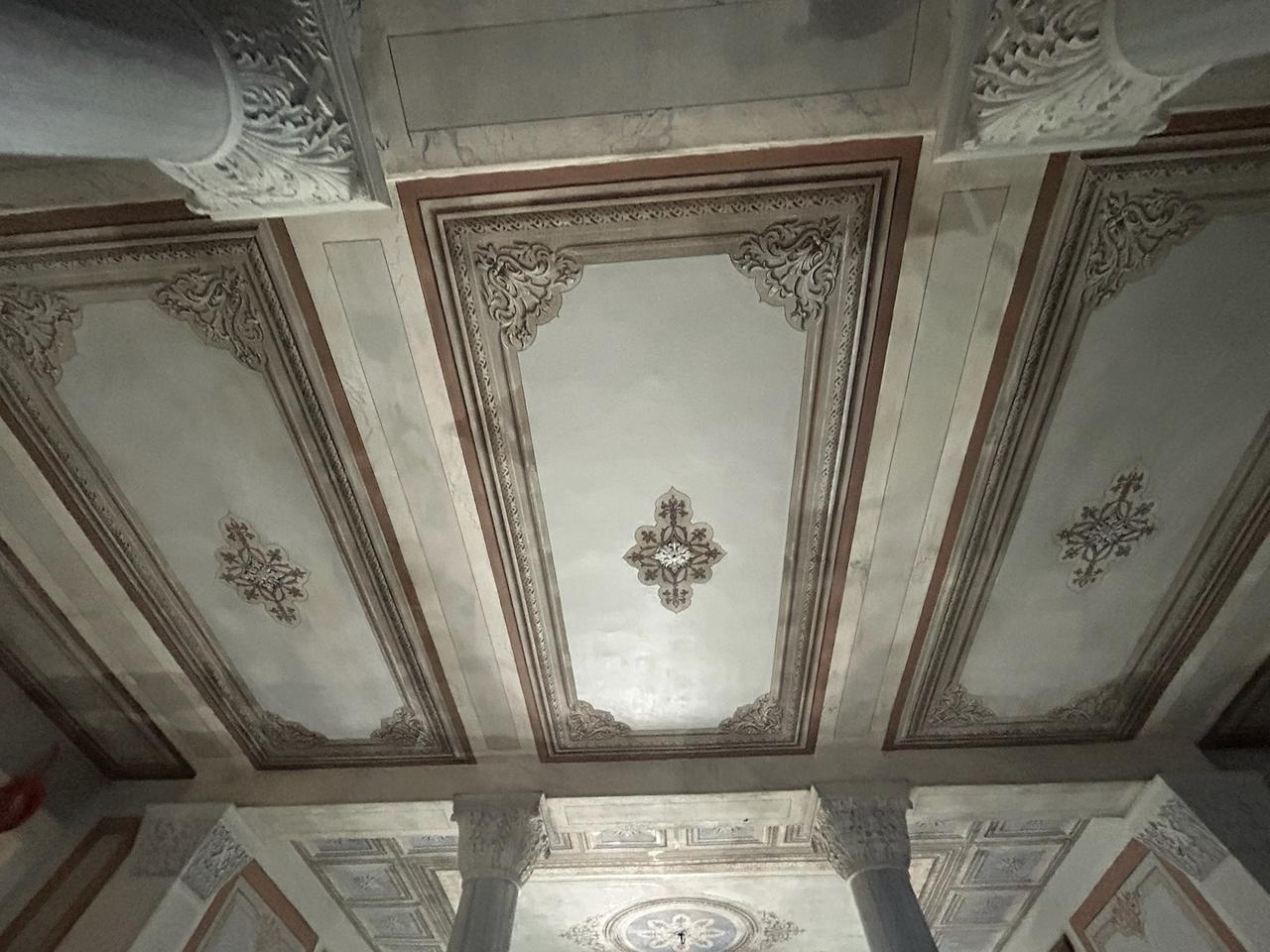
The seminary’s origins date back to 1844, but the roots of the monastery itself reach the ninth century. Located atop Umit Hill, the Aya Triada (Holy Trinity) Monastery has long been one of the spiritual centers of the Orthodox world. Ottoman archival documents reveal that permission to open a school within the monastery was granted in 1772, although it only began operating in 1844 after a devastating fire delayed its establishment.
The seminary’s current structure was built after the 1894 Istanbul earthquake, under the approval of Sultan Abdulhamid II. Construction began in April 1895 and was completed the following year under the design of architect Periklis Fotiadis, who was also behind notable buildings such as the Balikli Greek Hospital and the Zografyon Lyceum. Financier Pavlos Stefanovic funded the construction, and the building was designed in the shape of the Greek letter “Π” (Pi)—a symbolic reference to his name. Archival records show that the renewed building included new facilities such as a kitchen and laundry, covering a total area of about 2,360 square meters.